01 May Plantar Fasciitis
I am sure we have all heard of it from someone we know having it and saying how awful it is. But really what is it? And what can we do to avoid and address it?
Heel pain or plantar fasciitis is the most common cause of foot pain. It affects the thick connective tissue that runs along the bottom of the foot called the plantar Fascia.
Despite what the name suggests, plantar fasciitis is the degeneration of the collagen fibres making up the connective tissue at the bottom of the foot and actually lacks an inflammatory response. As with many other tendinopathies ie patella, achilles and elbow, the main cause of plantar fasciitis is often one of over use or unaccustomed use.
Whether it be over running, too much walking, too much standing indicative of overuse or unaccustomed use such as a new gym program or new to running. Even in an athletic population, overuse is still likely to be the most common cause ie increase in speed, increase in mileage, change of surface. It is possible to occur after a specific injury ie trauma, bruising but this is less common
The most common symptoms experienced are;
- heel pain – often to the inside of the heel where the plantar fascia attaches to the heel bone.
- Pain may stretch along the length of the foot
- Often worse in the morning when first taking steps
- Pain when contacting ground at heel strike
The following can be contributing factors that may need addressing;
- Foot biomechanics– orthotics, strapping techniques.
- Tight Calves– specific calf stretching stretching.
- Lower limb weakness– specific strength program that may include gluteal
- and pelvic strength work.
- Overload or unaccustomed use– create a specific return to activity program
- with a graduated loading program to allow for tissue adaptation.
While a complete assessment and rehab program designed by a health practitioner is recommended, there are a number of devices and products that can assist if are suffering from Plantar Fasciitis.
The most common tools are;
- Soft tissue mobilization – to help stretch the calf musculature
- and also the plantar fascia itself.
- Compression socks– terrific devices to help compress and alleviate the plantar fascia and give relief.
- Strength equipment- there are several products that can help strengthen the small muscles in the foot.
- Unloading devices– these are small devices like heel cups that can unload and soften the immediate contact on the plantar fascia insertion.
- Soft soled/ orthotic footwear- especially if you have hard floors at home these can help reduce the impact on the fascia.
There are solutions if suffering from plantar fasciitis and it will improve and get better. The key is to have a very pragmatic and logical approach and to ensure you have a graduated return to activity. It is recommended that you seek help from a health professional that can create a complete, specific program for you.
Feel free to make a booking iwht us today so we can get you back to doing what you love!


Call: (02) 6674 4142